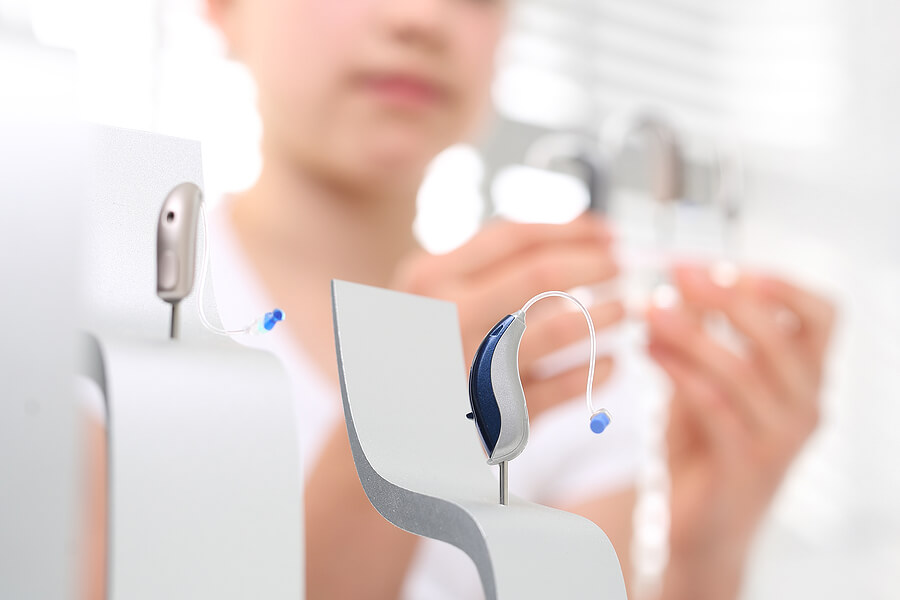The pursuit of clearer, more personalized auditory experiences has led to groundbreaking innovations. Among these, biometric hearing aids stand out as a testament to the intersection of technology and individualized care. In this exploration, we take a closer look at the advancements in biometric hearing aids, delving into the intricacies that shape the future of hearing wellness with warmth and professionalism.
Understanding Biometric Hearing Aids
Biometric hearing aids represent a paradigm shift in the customization and optimization of hearing experiences. Unlike traditional hearing aids, which often rely on manual adjustments, biometric devices leverage advanced technologies to adapt to the user’s unique physiology and preferences.
Biometric Sensors
At the core of biometric hearing aids are sensors that collect real-time data about the wearer’s physiological responses and environmental cues. These sensors continuously monitor factors such as heart rate, body temperature, and even facial expressions to assess the user’s state and the listening environment.
Dynamic Sound Processing
Biometric hearing aids use the data gathered from biometric sensors to dynamically adjust sound processing in real-time. This responsive approach allows the device to adapt to changes in the user’s physiological state, providing a personalized and comfortable listening experience across various situations.
Environmental Analysis:
The incorporation of environmental analysis is a key feature of biometric hearing aids. By assessing the acoustic characteristics of the surroundings, these devices can automatically optimize settings to enhance speech clarity, reduce background noise, and improve overall sound quality.
User Feedback Integration
Biometric hearing aids encourage user involvement in the customization process. Wearers can provide feedback about their listening experiences, preferences, and comfort levels. This feedback loop enables the device to learn and refine its settings over time, ensuring a more tailored and user-centric approach.
Wireless Connectivity
Many biometric hearing aids boast seamless wireless connectivity. This feature allows wearers to connect their devices to smartphones, tablets, and other compatible devices. Wireless connectivity not only facilitates effortless adjustments but also opens the door to additional features such as streaming phone calls or audio directly to the hearing aids.
Machine Learning Algorithms
The integration of machine learning algorithms sets biometric hearing aids apart. These algorithms analyze the data collected from biometric sensors and user feedback, continuously refining and personalizing the device’s settings. Over time, the hearing aid becomes attuned to the wearer’s preferences and adjusts automatically to provide an optimal listening experience.
Personalized Hearing Profiles
Biometric hearing aids enable the creation of highly personalized hearing profiles. These profiles account for individual variations in hearing acuity, preferences, and physiological responses. The result is a tailored listening experience that aligns with the unique needs and lifestyle of the wearer.
Comfort in Dynamic Environments
One of the notable advantages of biometric hearing aids is their adaptability to dynamic environments. Whether transitioning from a quiet room to a bustling street or from a whisper to a loud conversation, these devices seamlessly adjust to maintain comfort and clarity.
As we navigate technological progress in the realm of hearing aids, biometric advancements emerge as a combination of precision and personalization. These devices represent a profound shift towards a more responsive and user-centric approach, where the marriage of technology and individualized care creates a harmonious auditory experience. The future of hearing wellness is shaped by the innovation encapsulated in biometric hearing aids—a future where each note resonates with the unique melody of every individual’s hearing journey.


